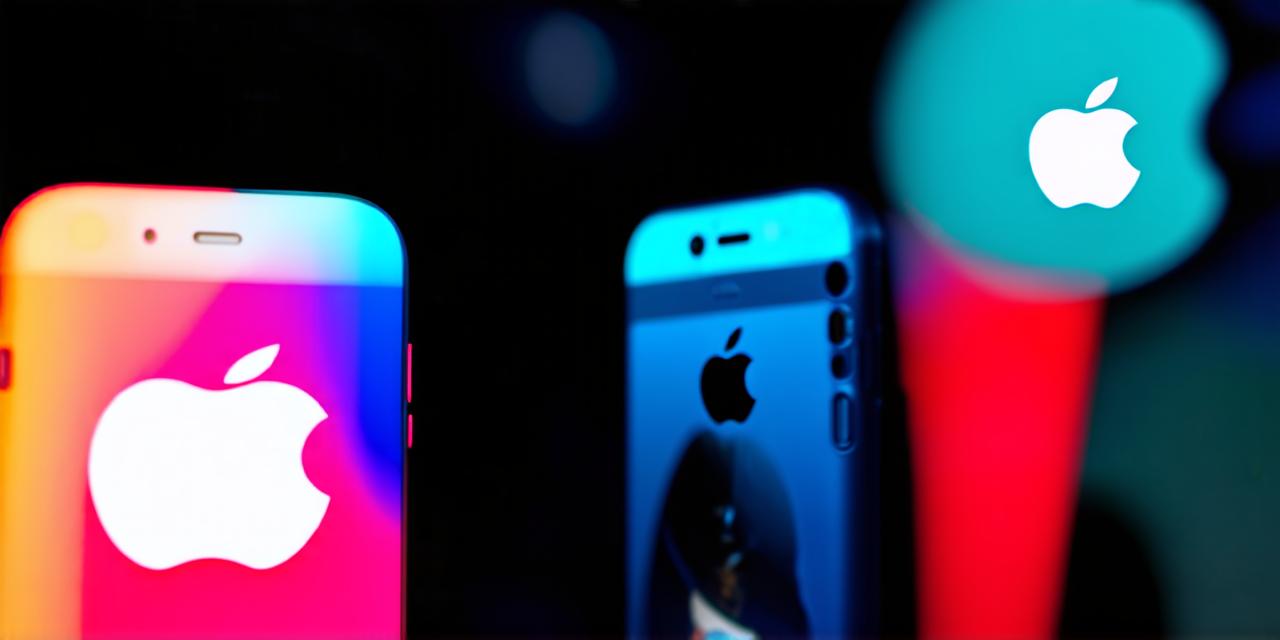
Introduction
Augmented reality (AR) technology has taken the world by storm, and with the release of Apple’s iPhone 8, it is now possible to harness its power in a whole new way. AR apps are becoming increasingly popular, and there is no denying that they have the potential to revolutionize how we interact with the digital world.
The Basics of Augmented Reality Development
Before diving into the technical aspects of AR development, it’s important to understand what augmented reality is and how it works. At its core, AR is a technology that overlays digital information onto the real world, allowing users to see virtual objects and experiences in their physical environment. This is achieved using a combination of computer vision algorithms, 3D modeling, and tracking technology.
To get started with AR development on the iPhone 8, you’ll need to download Apple’s ARKit SDK. This powerful toolkit provides developers with everything they need to create AR apps for iOS devices. Once you have the SDK installed, you can begin creating your app by defining the virtual objects and experiences that you want to overlay onto the real world.
One of the most important things to consider when developing an AR app is the user experience. AR apps should be intuitive and easy to use, with clear instructions and guidance for the user. You’ll also need to think about how users will interact with your app – will they be able to touch and manipulate virtual objects, or will they simply observe them? These are important questions that will help you design an engaging and immersive AR experience.
Case Study: IKEA Place
IKEA Place is a popular AR app that allows users to see how furniture and decor would look in their home before making a purchase. The app uses ARKit to overlay 3D models of IKEA products onto the real world, allowing users to move and rotate the virtual objects as they please. This creates an incredibly realistic and immersive shopping experience that has helped drive sales for IKEA.
One of the key features of IKEA Place is its ability to track the user’s environment in real time. This allows the app to accurately position virtual objects within the user’s space, creating a seamless integration between the digital and physical worlds. Additionally, the app uses advanced computer vision algorithms to ensure that the virtual furniture and decor are properly positioned and anchored to real-world surfaces, further enhancing the realism of the experience.
Advanced Techniques for Creating Immersive AR Experiences
Once you have a basic understanding of AR development on the iPhone 8, you can start exploring more advanced techniques for creating immersive experiences. One such technique is using ARCore, Google’s version of ARKit that is designed to work with Android devices as well as iOS devices like the iPhone 8. ARCore uses a slightly different set of APIs and tools than ARKit, but it offers many of the same features and capabilities.
Another important technique to consider is using machine learning algorithms to enhance your AR app’s functionality. For example, you could use computer vision algorithms to analyze the user’s environment and dynamically adjust the virtual objects and experiences that are overlaid onto the real world. This would allow your app to adapt to different lighting conditions, room layouts, and other factors, creating a more realistic and engaging experience for the user.
